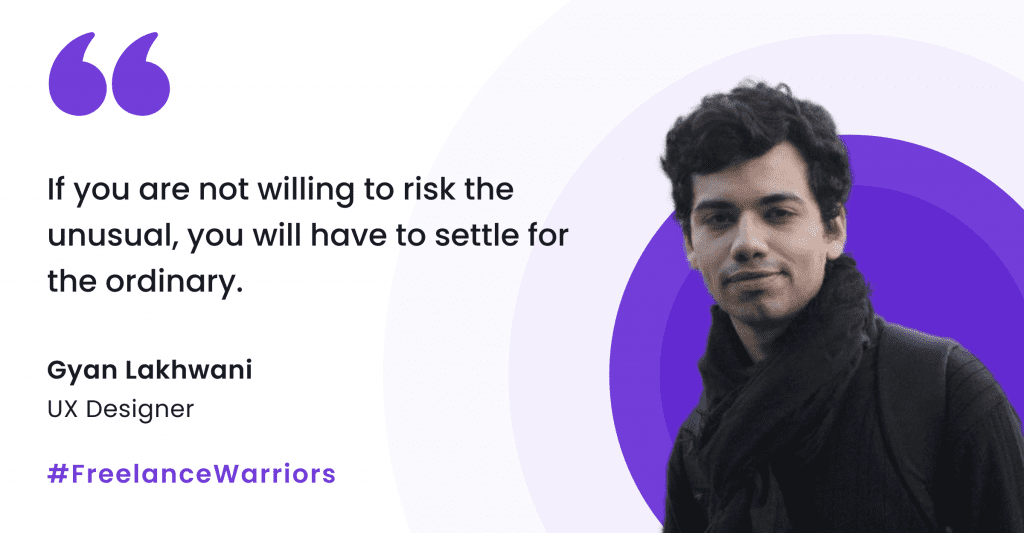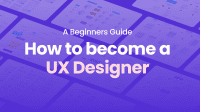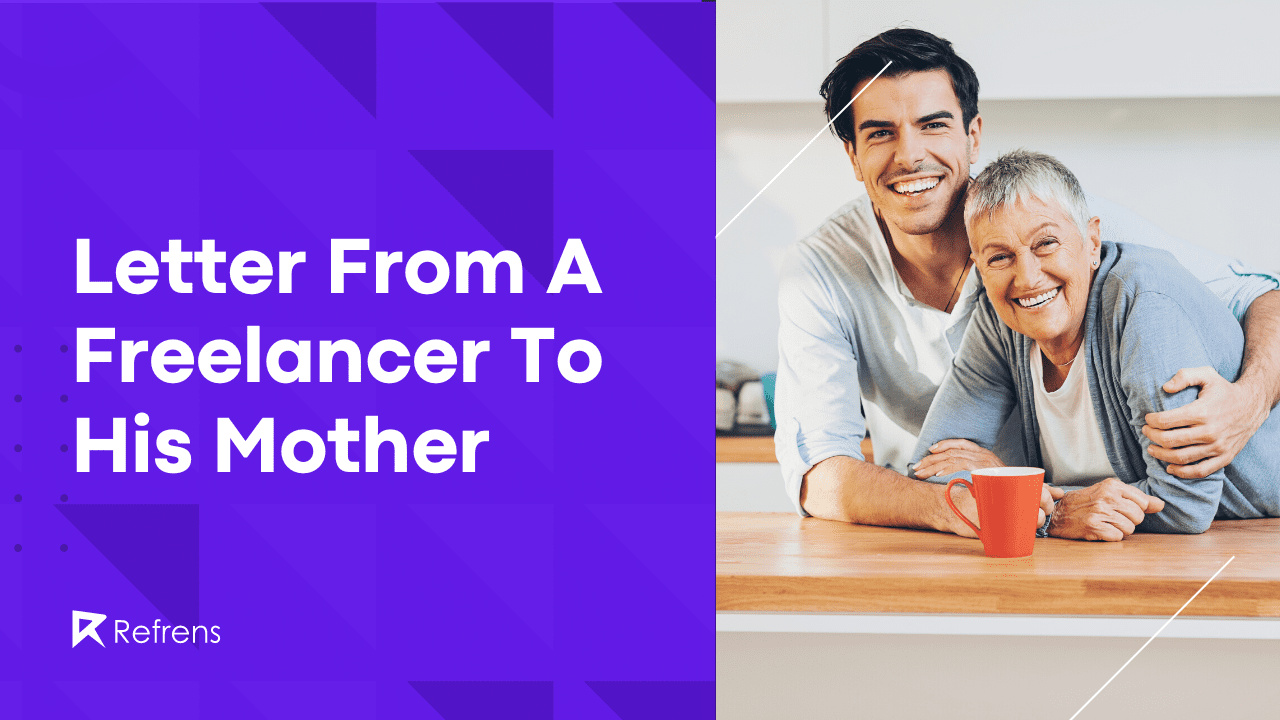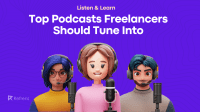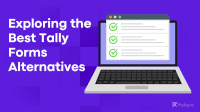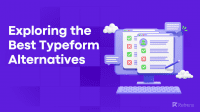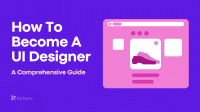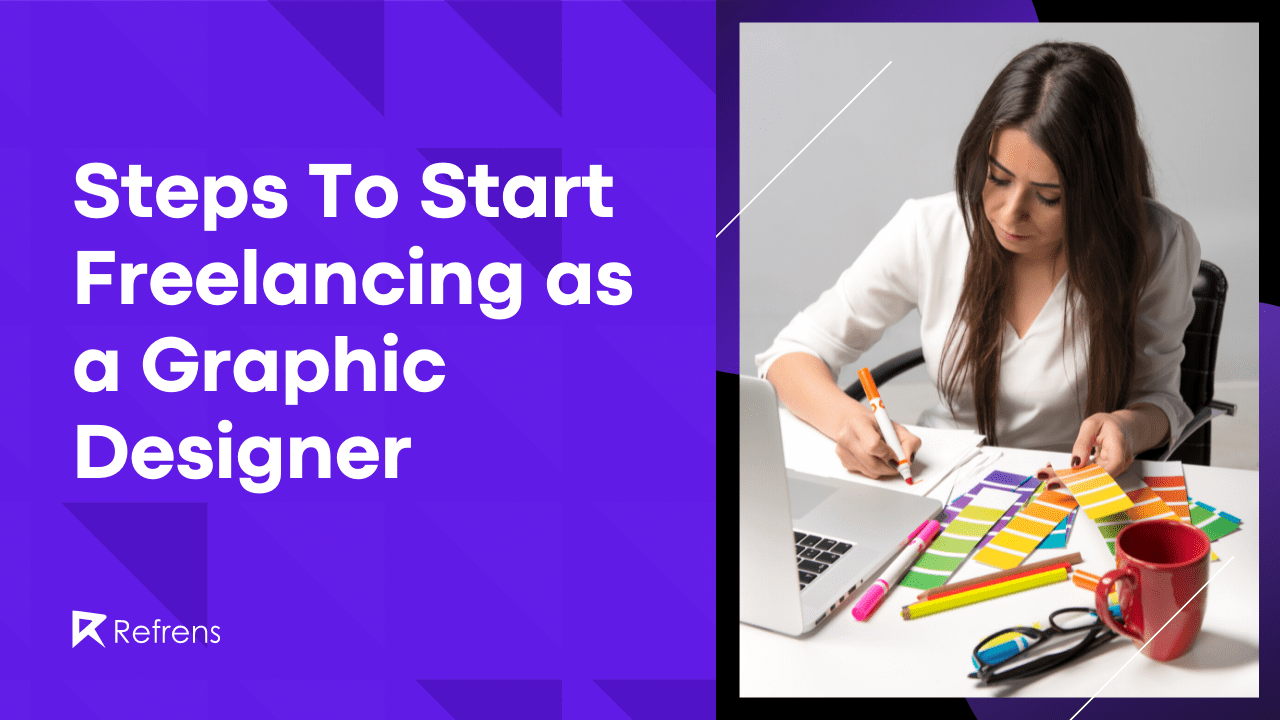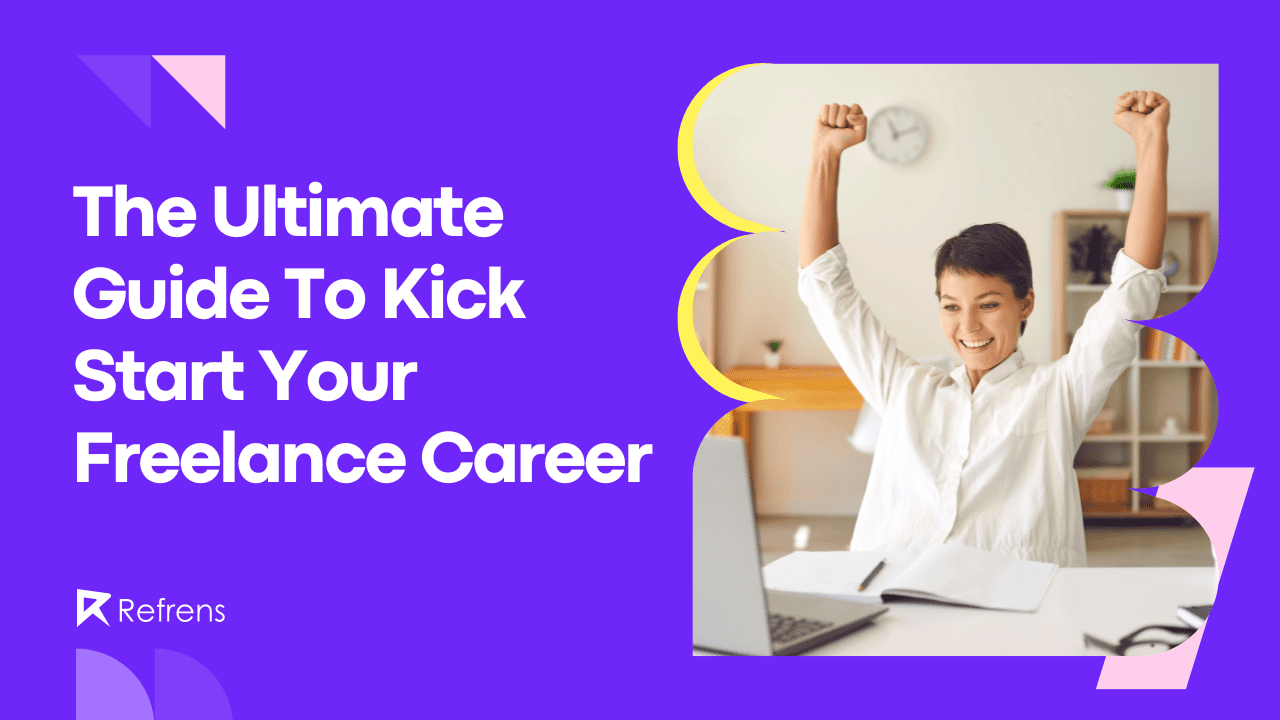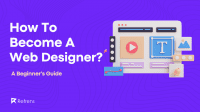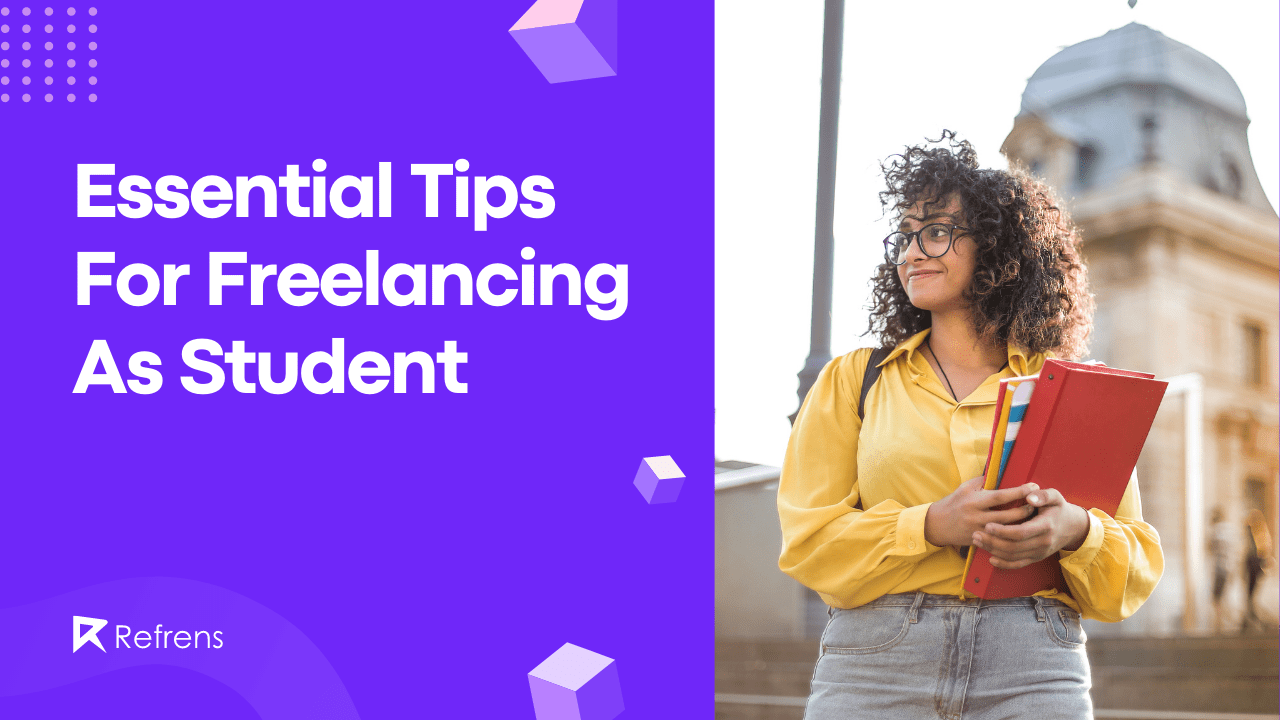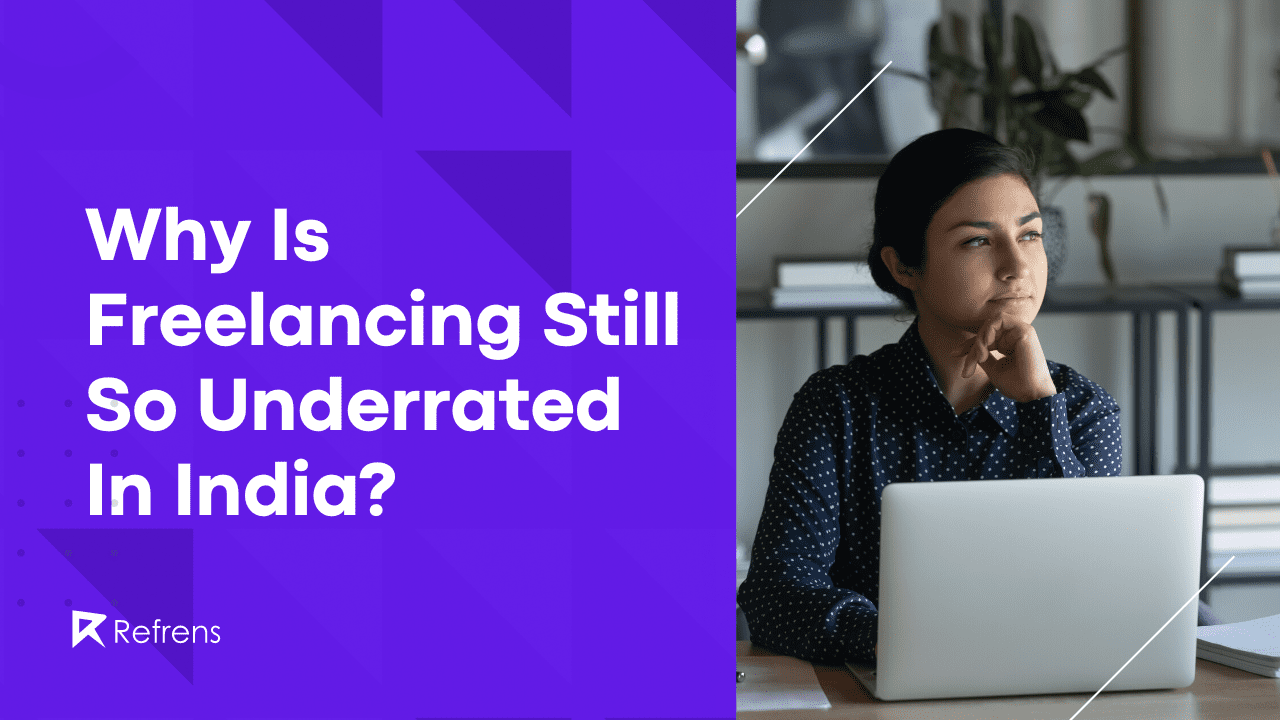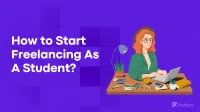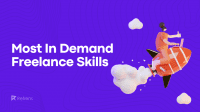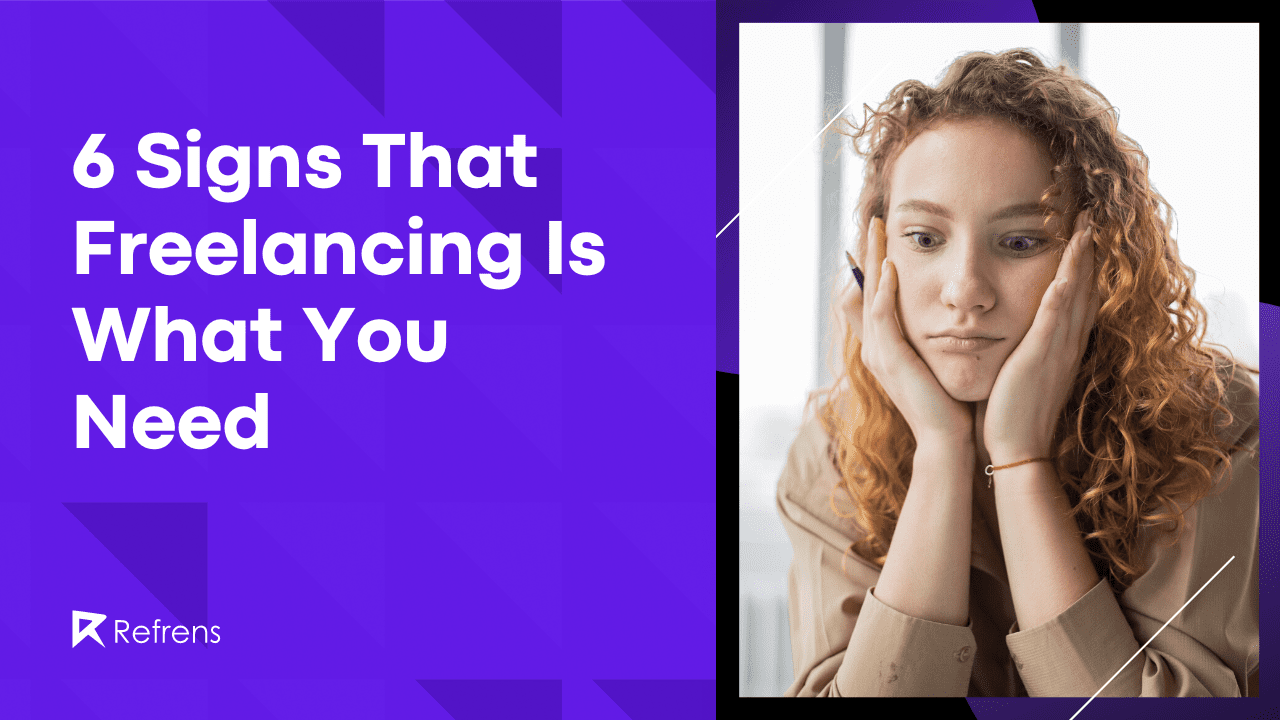Few people have the clarity of what they want to do in their professional life. Gyan is a clear-headed professional who ditched a dream Engineering job at Flipkart to pursue a formal education in design. With a lot of design freelancing projects in his portfolio, an internship, and 5 grueling rounds of interviews, he finally landed what is a dream job for many, as a UX Designer at Microsoft. Read Gyan’s inspiring story on this blog:
Tell us about yourself. Where are you from? About your family, parents? How was your childhood?
I grew up in New Delhi and lived there for most of my life. I was a shy, nerdy kid, and I spent most of my time reading books and avoiding the outdoors. My childhood dream was to own a bookstore or work at a library so I could read books all the time, but as I grew up I developed an interest in design and technology.
Why did you opt for engineering? How was your experience there?
I decided to study IT Engineering because I liked making things with computers, and just didn’t know what else to do after school. When I actually got there, however, I found a lot of the classes quite dull. There was a lot of focus on learning what was important for the university exams, and I had friends who would memorize chunks of code to write in the exam instead of trying to understand the fundamentals and learning to solve problems. While I didn’t enjoy it, I didn’t find it too hard and so I did the bare minimum to keep my grades at an acceptable level and spent my free time working on side projects, learning new things online, or attending hackathons, talks, and meetups.
You took a formal education in Design. What was the trigger to opt for an education on “Design”? That’s not the path people generally take.
I was quite disillusioned with engineering by my third year and had already started doing freelance design projects and had completed a design internship at Zomato. By my final year, I also had a job offer at Flipkart, but I had started feeling that there were gaps in what I knew about design and wanted to see if a formal education in design could help fill in some of them.
I gave entrance exams for Interaction Design programs at NID Bangalore and IDC School of Design at IIT Bombay and cleared both—even scoring a single digit all India rank at NID. This was one of these times when everything just worked out, and I went on the clear in-person interviews at both places. I then had to make the difficult choice between a job at Flipkart or studying design at NID or IDC.
I decided that the job could wait, and talked to alumni at both institutes and eventually went with IDC because the Interaction Design program and faculty seemed to be very well respected, and I hoped that being on the IIT Bombay campus would provide exposure to more interesting opportunities in the intersection of design and technology. I learned a lot during my time at IDC, and I think it was the right choice for me.
You worked at the PMO office as well. That’s a great thing! How was your experience working with the PM’s team? What did you learn there in both design and other things?
In 2015, a few friends and I participated in an open competition to design and build an app for the Indian Prime Minister’s Office. It was organized by MyGov in partnership with Google and was part of the government’s plans to engage citizens in governance. This was a chance to work on an app that had a potential user base of millions of people, and the winning team would also get a chance to visit Google’s Mountain View headquarters, and my friends and I were very excited about it.
The first round required participating teams to send in wireframes based on a requirements document, so a few friends and I sent in our entry. We were one of the 10 shortlisted teams that were asked to present a more detailed proposal to a panel of industry professionals and government officials. Even though all of us were students, we had built apps at hackathons, contributed to open-source projects, and done freelance projects, and were able to show the panel enough previous work that they were convinced we could take on the challenge.
Our team was selected to build the app, and we spent the next year iteratively building and refining the app in meetings with mentors from Google and government stakeholders. There were a number of scalability, security, and accessibility concerns that we had to address, and the app went through thorough testing before its release in 2016.
Tell us about your freelancing. Why did you opt for it?
I enjoyed experimenting with graphics software and I posted a lot of my work online. I had joined a number of Facebook groups where design and tech enthusiasts from around the world posted about projects they were working on, and asked for feedback or help with something they were stuck with.
Sometimes people also posted about paid freelance projects, and I realized the money could be pretty good. As I got better at graphic design, I started replying to some of these requests. I also started offering feedback to people who posted logos or app UIs and then asked if they wanted me to fix some of those problems as a paid project. Some people weren’t interested and never replied, but many people appreciated the feedback, and I got a lot of my early projects this way.
Some of these people continued to come back to me when they needed graphics or UI work done and recommended me to friends. This gave me enough work to start taking design more seriously as a career option—up until now I had treated it like a hobby that could possibly make me some money.
What according to you is the best thing and worst thing about freelancing?
The best thing about freelancing for me is being able to pick what you want to work on and set your own working hours. I prefer working late at night, and so that’s when I did a lot of my work unless there was something urgent or I had calls scheduled during the day. Once I had enough work to not say yes to everything that came my way, I could also pick projects that I thought would be fun and interesting and refuse other things I didn’t want to work on.
The worst part of freelancing is that without clearly defined work hours, it can start to feel like you are always working. I had clients across time zones, and I was getting work communication around the clock. I started to carry my laptop around everywhere I went and I would try and use any block of free time to get some work done. I would work in the back of cabs, between classes at college, or while waiting for friends to show up somewhere. When I interned at Microsoft last year, I was able to completely forget about work as soon as I was out of the office, and I really enjoyed being able to have my weekends completely free.
Tell us about the Microsoft opportunity. Did it come your way automatically? How did you land this job? Walk us through the whole process.
Microsoft was one of the companies that came for campus placements at IDC School of Design when I was in my first year. I applied for the internship because I wanted some experience in a larger organization, and I was hoping to learn about the process and methods used in the industry. I completed a design challenge and cleared two interviews where I talked about some of my previous work and my approach to design projects. I interned at Microsoft for 2 months between my first and second year at IDC.
I worked on integrating AI assistance in an existing Microsoft product, and I was offered a job at the end of the internship based on my performance and 3 additional rounds of interviews.
What are your mission and vision? How do you want history to look at you?
I don’t think I have a grand vision for my life. I want to do meaningful work that I enjoy and continue to learn new things and grow as a designer and as a person.
As you look back, do you feel satisfied with yourself or do you think you missed something?
Looking back in retrospect with what I know now, there are many things I could have done differently. Most interviews or blog posts like this one will only talk about the things that worked out, but in reality, things rarely work out that well, and for every hit, there are dozens of misses.
Sometimes you know what went wrong, sometimes it’s just bad luck and there’s nothing you could have done differently. Giving something everything you’ve got and still failing is painful and demoralizing, but it’s bound to happen when you start learning something new. I’ve made many, many mistakes over the years, but usually not twice. As cliche as it is, the trick is not to dwell on what didn’t work, and to treat each failure as a chance to learn something new.
Gyan can be reached on Refrens, LinkedIn, Twitter, Facebook, and his own website
Read out the blog here to Negotiate like a Pro.
